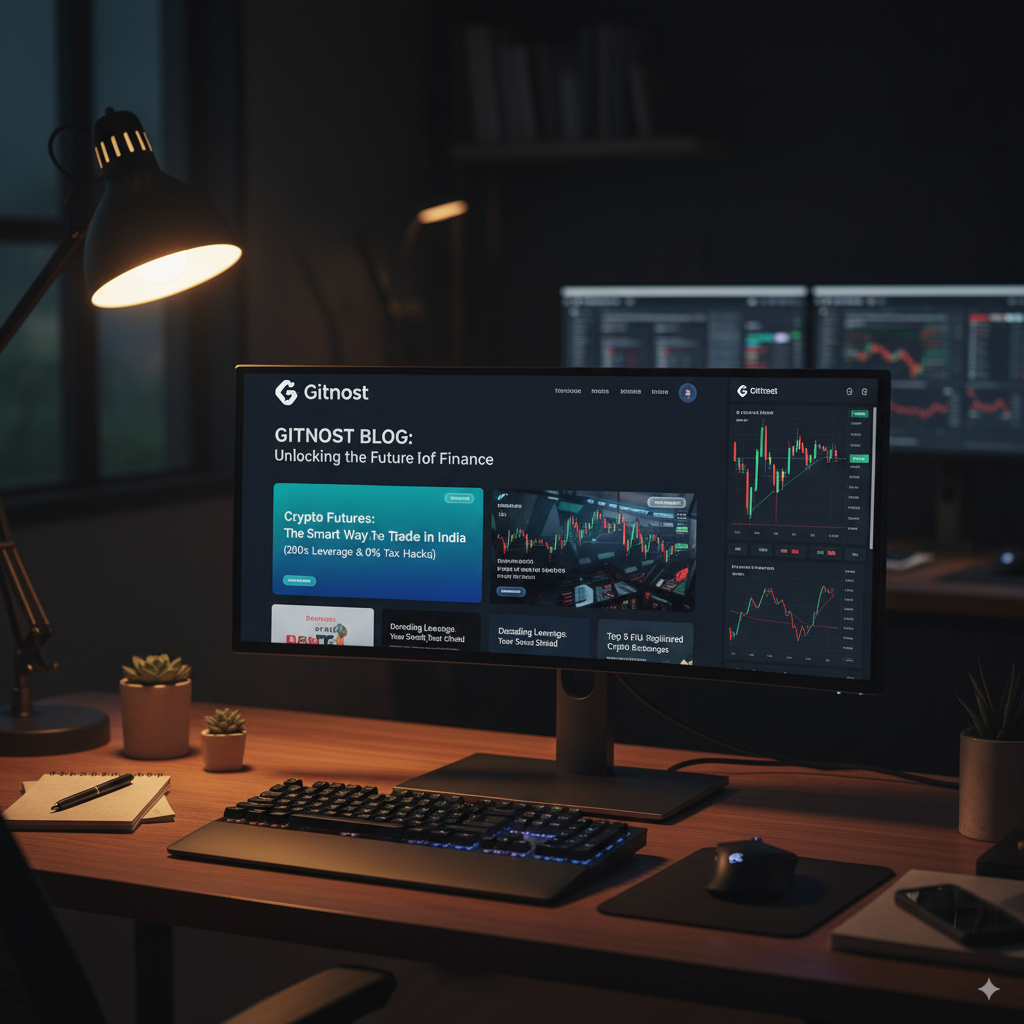Best Bank Nifty Trading Strategy For Beginners

In India’s derivatives market, many traders use a Bank Nifty scalping strategy, where they trade on 1-minute or 5-minute charts using tools like EMA crossover, VWAP, and volume spikes to capture quick intraday points.
If you are trading, you must have noticed that as soon as you enter a trade, you see some profit, but when you wait for a bigger gain, that profit often turns into a loss.
This is where scalping trading comes in—a short-term trading method focused on booking small profits quickly instead of waiting for large moves. In markets like stocks, forex, and crypto, scalping helps traders reduce risk and lock in consistent returns.
Timeframe: 1-minute main chart; confirmation 3-minute chart.
Session: Market open 9:15–10:30 (volatile) aur 14:30–15:15 (closing) — par pehli practise ke liye 9:30–11:00 choose karo.
Indicators / Setup
- EMA 9 (fast) & EMA 21 (slow) on 1-min chart
- VWAP (intraday)
- Volume (simple 20-period avg)
- RSI 14 (optional) set 40/60 band for confirmation
Entry Rules (Long)
- Price above VWAP.
- EMA9 crosses above EMA21 on 1-min and candle closes above both.
- Volume for that candle ≥ 1.5× 20-period average volume.
- RSI (14) > 50 (optional confirmation).
→ Enter market (market/limit) at close of confirming candle.
Entry Rules (Short)
- Price below VWAP.
- EMA9 crosses below EMA21 and candle closes below both.
- Volume spike ≥ 1.5× avg.
- RSI < 50.
→ Short at close of confirming candle.
Exit Rules
- Target: 0.3%–0.8% (points target depend on Bank Nifty price). Example: if Bank Nifty at 60,000, 0.5% = 300 points. (Adjust smaller/larger by volatility.)
- Stop-loss: Tight — typically 0.1%–0.25% (or 1/2 of target). Use actual points: e.g., SL = 100 points if target 300 points.
- Trailing: Optionally trail stop to breakeven after 50% of target hit.
- Time exit: If trade not hit target/SL within 15 minutes, exit.
Position Sizing (Example)
- Account = ₹50,000.
- Risk per trade = 1% → step-by-step:
- 50,000 × 1% = 50,000 × 0.01 = 500. So risk amount = ₹500.
- Stop-loss = 20 points (example).
- Position value per point = risk / stop-loss = 500 ÷ 20 = 25. So ₹25 per point.
- Iska matlab agar price 1 point move kare to aap ₹25 kamao/khoyo.
Note: Bank Nifty futures lot size changes — isliye lot calculation broker ke lot-size ke hisaab se karo. Upar ka ₹/point aapko batata hai kitna ₹/point risk lena chahiye.
Risk Management & Rules
- Max trades/day: 10–20 (start with ≤10).
- Max concurrent open trades: 1–2.
- Max daily drawdown stop: 3% of account (stop trading if hit).
- Winrate target ≈ 55–70% with small RR (0.5–1). Discipline zyada important.
Checklist Before Entry
- Platform latency check & low spread.
- Chart timeframe correct.
- Confirm VWAP + EMA crossover + volume spike.
- Position size calculated.
- SL & target set in order entry.
Backtesting / Practice
- Demo backtest 2–4 weeks of intraday data. Note winrate, avg profit/loss per trade, max drawdown.
B. Forex (EUR/USD) — Step-by-Step Scalping Strategy
Timeframe: 1-min chart (primary), 5-min (confirmation).
Session: London open & overlap with New York (highest liquidity).
Indicators
- EMA 5 & EMA 20 (1-min).
- VWAP or session pivot (optional).
- RSI 7 or momentum oscillator.
- Volume (if broker provides tick volume).
Entry Rules (Long)
- EMA5 > EMA20 on 1-min and candle closes above.
- Price above session pivot/VWAP.
- RSI rising and not overbought.
- Enter with market/limit order.
Exit Rules
- Target: 5–12 pips (scalp).
- Stop-loss: 4–8 pips (tight).
- Time exit: exit if not reached within 10 minutes.
Position Sizing Example (clear arithmetic)
- Account = $2,000.
- Risk per trade = 1% → step-by-step:
- 2,000 × 1% = 2,000 × 0.01 = $20 → risk amount = $20.
- Stop-loss = 10 pips (example).
- Risk per pip = $20 ÷ 10 pips = $2 per pip.
- Standard lot pip value ≈ $10/pip. So required lot size = $2 ÷ $10 = 0.2 lots.
- Step-by-step: 2 ÷ 10 = 0.2 → 0.2 standard lots (i.e., 2 mini lots of 0.1).
(If you trade micro lots, adjust accordingly.)
- Step-by-step: 2 ÷ 10 = 0.2 → 0.2 standard lots (i.e., 2 mini lots of 0.1).
Leverage note: Use leverage carefully. Position sizing must always be based on risk amount, not leverage.
Tips for Forex Scalping
- Use low-spread broker and ECN if possible.
- Avoid news news spikes unless strategy built for it.
- Use OCO (one cancels other) buy-limit + SL setup to guard against slippage.
Extra Practical Tips (across markets)
- Slippage & Cost: Many small trades amplify commissions/spread. Choose low-fee broker.
- Automation: If possible, use hotkeys or small scripts to place SL/TP simultaneously to reduce reaction time.
- Psychology: Schedule short breaks; scalping is intense — set max winning/losing streak stop.
- Journal: Record entry/exit, reason, mistake — review weekly.
- Demo first: Minimum 100–300 live demo trades before going small live.
Quick Sample Trade (Bank Nifty numeric example)
- Bank Nifty price = 60,000.
- Account = ₹50,000. Risk 1% = ₹500. (50,000 × 0.01 = 500)
- SL = 20 points → ₹/point = 500 ÷ 20 = ₹25 per point.
- Target = 60 points → profit if target hit = 60 × 25 = ₹1,500. (60 × 25 = 1,500)
- Risk-Reward = 1,500 : 500 → 3 : 1.




Leave a Reply